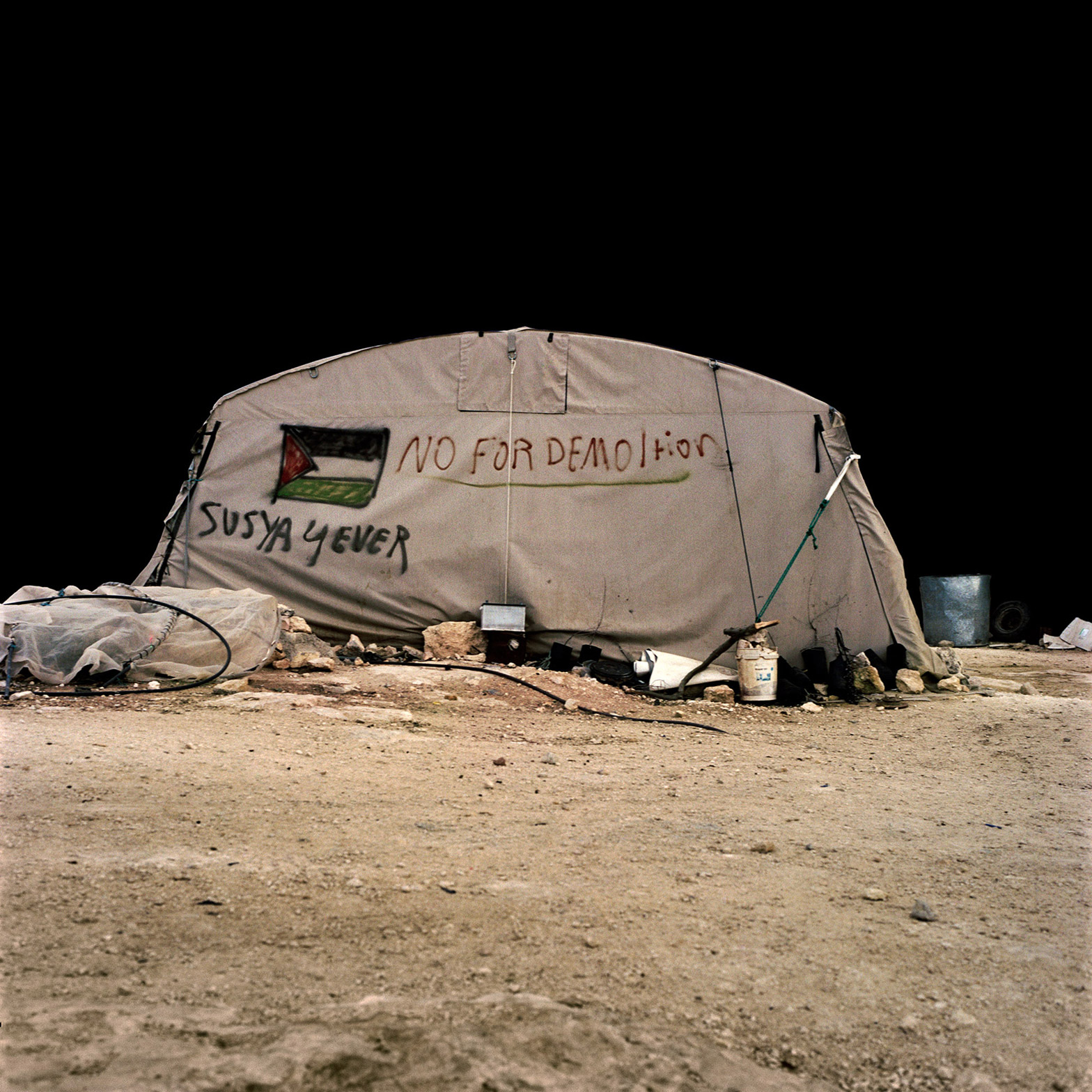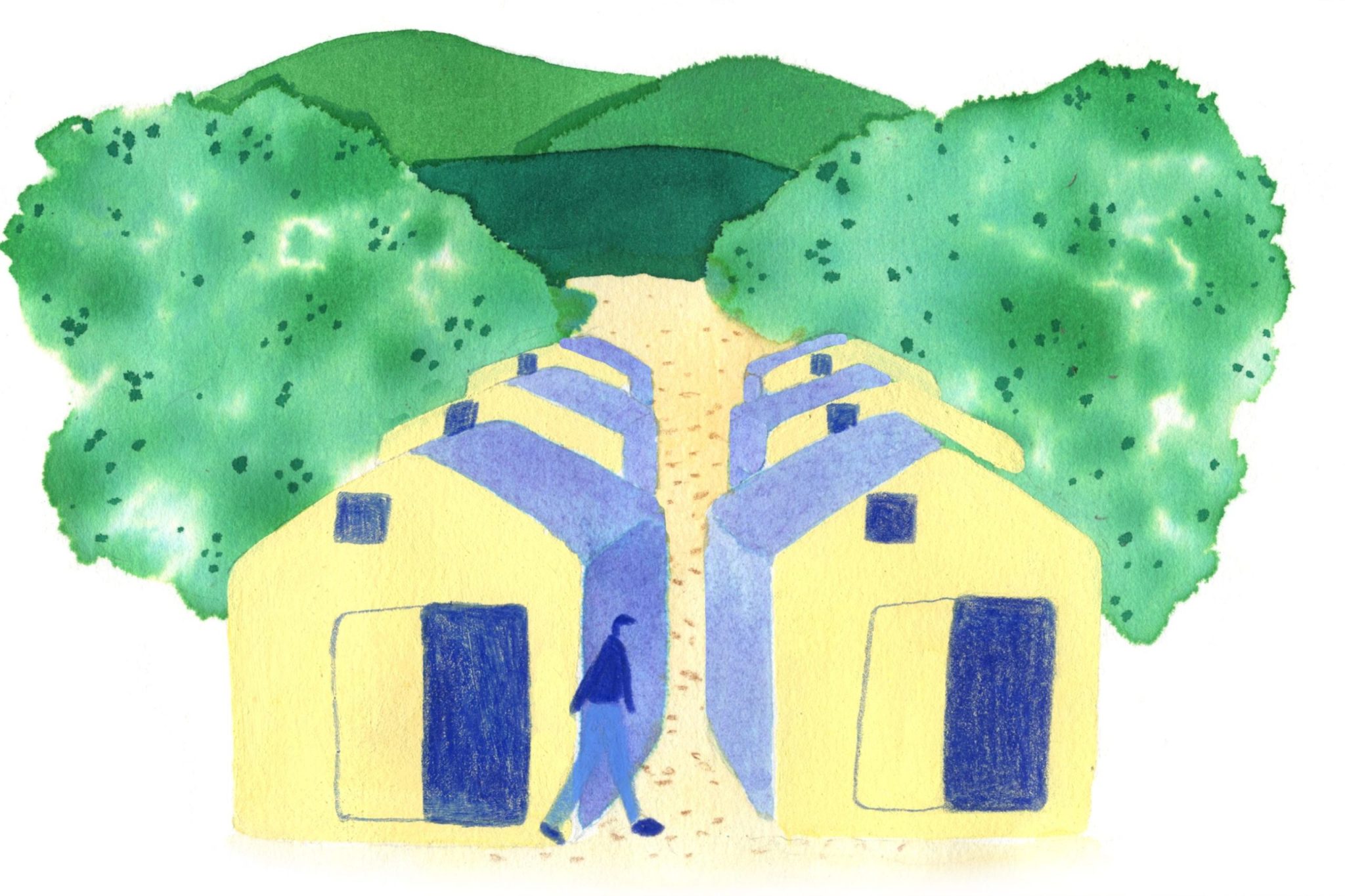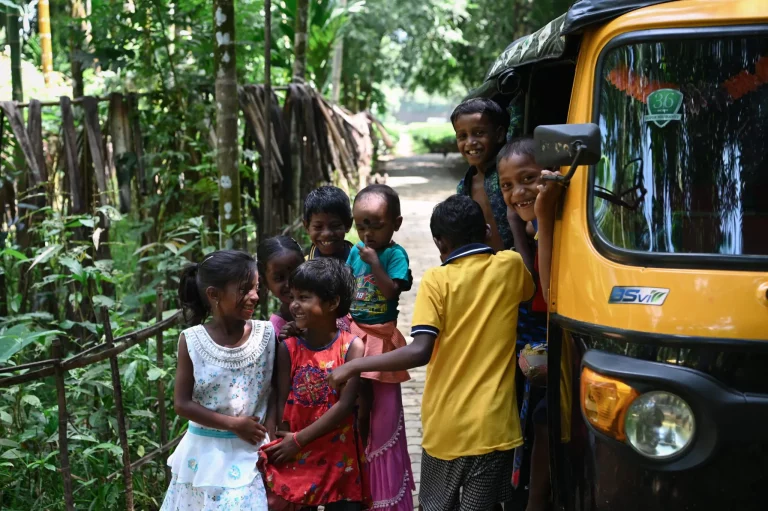A lot is being discussed on the topic of temporary shelter vs permanent or semi-permanent housing: why do architects and aid organisations continue designing and setting up tents and temporary shelter in refugee camps while history shows us that refugees do not live in camps for a transitional period, but rather for years or generations? We recommend reading these recent articles exploring this very topic.
Curbed: Architecture Across Borders
Dezeen: Alicja Dobrucka photographs the seemingly temporary dwellings of a West Bank village
CNN Style: How architecture can redefine the refugee crisis
Better Shelter’s vision is a world in which all people have a safe place to call home. We welcome and take questioning of the products we develop for granted within the context that we work. In the team, we discuss the challenges and issues of providing a temporary solution – this is a self-evident and important part of our processes. It takes us forward in our innovation and design work and
The refugee crisis is political; there is today a limitation in the international system and the refugee regime as a whole. It is important to know where Better Shelter belongs in this context, and that it does not attempt to propose a solution to the refugee crisis, as this is a global political issue. Rather, Better Shelter works to provide a safe and dignifying shelter that meets the many tough logistical, political and cost requirements surrounding planning and managing refugee camps. We are aware of the limitations of the product’s impact in the larger humanitarian relief context, as well as the limitations of the product’s performance. Our mission involves the continuous development of the shelter and, by doing so, pushing the boundaries for minimum living standards provided by humanitarian organisations.
Quartz: When refugee camps last three generations, we must accept they’re not going anywhere





